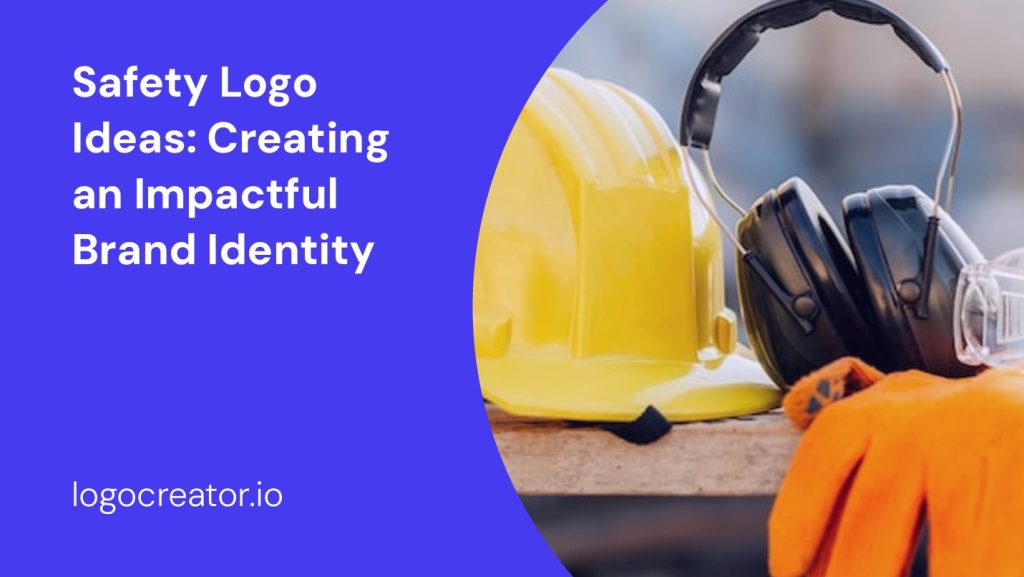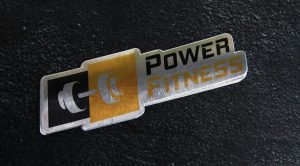If you are in the business of safety, whether it’s a safety training organization, a safety equipment manufacturer, or a safety consultancy firm, having a strong brand identity is crucial. One of the key components of a successful brand identity is a well-designed logo. A safety logo should not only convey a sense of security and trust but also effectively communicate the purpose and values of your organization. In this article, we will explore some safety logo ideas that can help you create a visually appealing and impactful brand identity.
Importance of a Safety Logo
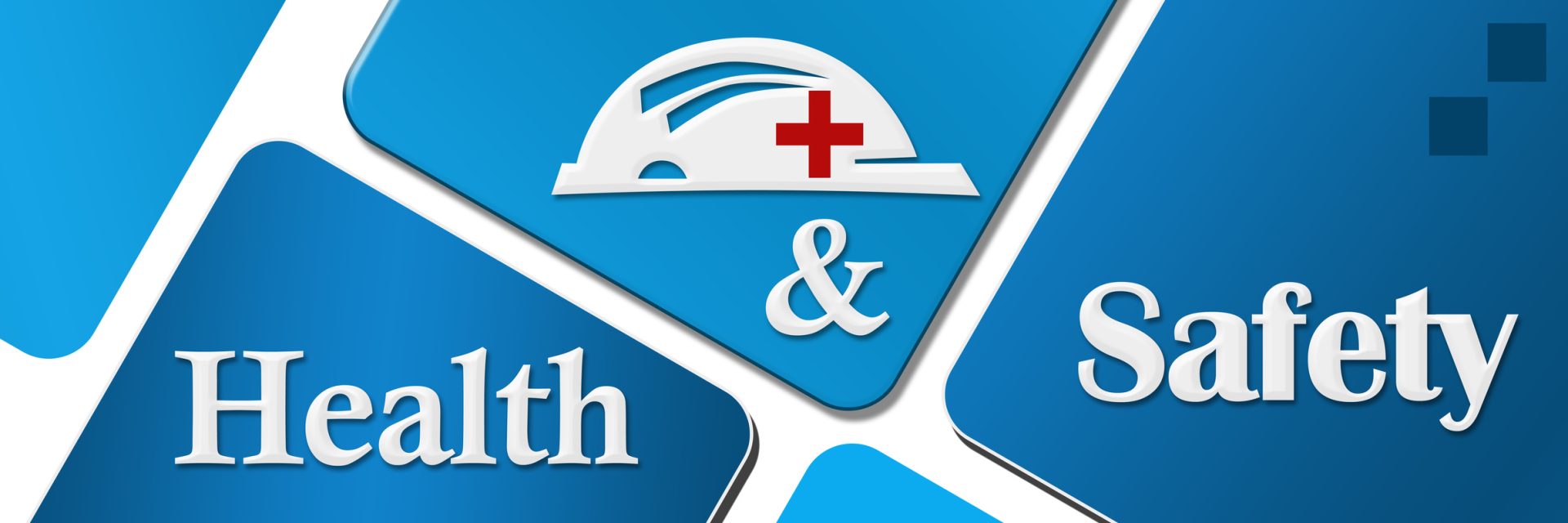

A safety logo serves as the face of your organization. It is often the first thing people notice about your brand and can significantly influence their perception of your company. A well-designed safety logo can convey professionalism, reliability, and a commitment to ensuring the well-being of your customers or clients.
A safety logo should also instill a sense of trust and confidence in your target audience. When dealing with matters of safety, people seek out organizations that they can rely on to provide the highest level of protection. A visually appealing and meaningful safety logo can help establish that trust and credibility.
Key Elements of a Safety Logo
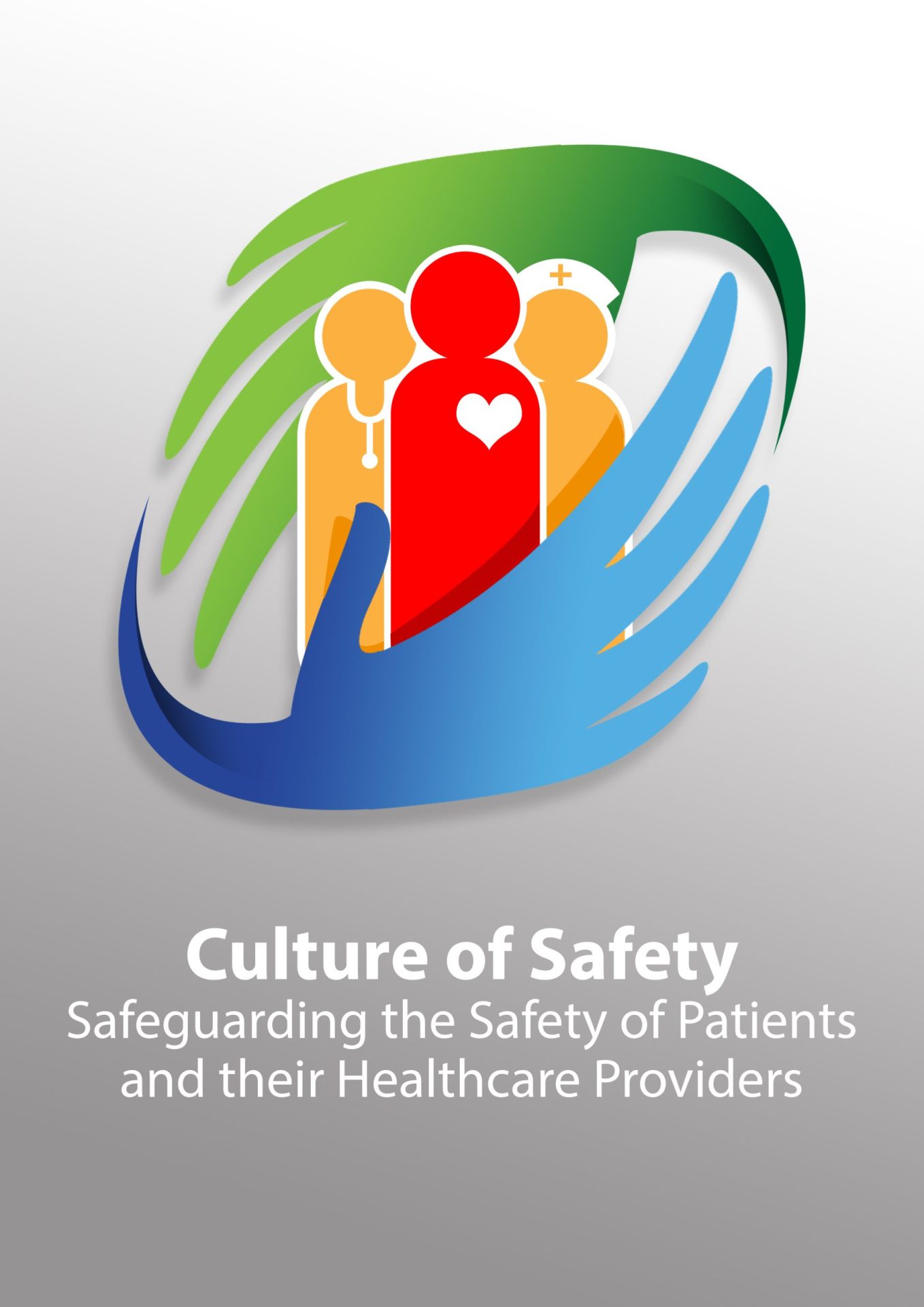
When designing a safety logo, it is essential to consider the following key elements:
1. Symbolism
Symbolism plays a crucial role in communicating the purpose and values of your organization. Incorporating symbols or icons that are synonymous with safety can help create an instant connection with your target audience. Some common symbols used in safety logos include shields, helmets, safety signs, and hands holding or protecting something.
2. Colors
Colors have a significant impact on how people perceive a brand. When it comes to safety logos, it is advisable to use colors that evoke a sense of trust, reliability, and security. Blue is commonly associated with trust and reliability, while green symbolizes safety and growth. Red can be used sparingly to convey urgency or alertness. However, it is crucial to strike a balance and ensure that the color palette is visually pleasing and harmonious.
3. Typography
The choice of typography can greatly influence the overall look and feel of your safety logo. Clean and legible fonts are recommended to ensure easy readability. Sans-serif fonts, such as Arial or Helvetica, are often preferred for their modern and straightforward aesthetic. However, depending on the nature of your organization, you may opt for a more traditional or stylized font to reflect your brand’s personality.
4. Simplicity
When it comes to logo design, simplicity is key. A cluttered or overly complex logo can be distracting and fail to convey the intended message. A simple and clean design allows for better recognition and makes your logo more versatile across different platforms and sizes. Remember, your logo will be displayed in various contexts, such as websites, social media profiles, and promotional materials, so it needs to be easily recognizable and adaptable.
Safety Logo Ideas to Inspire You
Now that we understand the importance of a safety logo and the key elements to consider, let’s explore some safety logo ideas that can inspire your own design:
1. Shield of Protection
A shield is a powerful symbol of protection and security. Incorporating a shield shape into your safety logo can instantly convey the message of safeguarding and trust. You can further enhance the symbolism by adding elements like a lock, a key, or a padlock to represent the idea of safety and control.
2. Hands Holding or Protecting
Hands are universally recognized symbols of care and protection. Consider incorporating hands into your safety logo, either holding or protecting an object. This can symbolize your organization’s commitment to ensuring the safety and well-being of your customers or clients. Adding a touch of color to the hands can make the logo more visually appealing and memorable.
3. Safety Signs and Symbols
Safety signs and symbols are easily recognizable and can effectively convey the message of safety. Incorporating well-known safety symbols, such as a caution sign, a first aid symbol, or a fire extinguisher icon, can instantly communicate the purpose of your organization. Be mindful of using these symbols in a unique and creative way to avoid a generic or cliché design.
4. Abstract Shapes and Patterns
If you want to create a more contemporary and unique safety logo, consider using abstract shapes and patterns. These can represent different aspects of safety, such as protection, prevention, or resilience. Abstract designs allow for more creative freedom and can help your logo stand out from the crowd. However, ensure that the abstract elements are still recognizable and relatable to your target audience.
5. Nature and Growth
For safety organizations that focus on environmental or sustainable safety practices, incorporating nature-related elements into the logo can be a powerful choice. Leaves, trees, or abstract representations of nature can symbolize growth, harmony, and a commitment to protecting the environment. This type of logo design can appeal to individuals and businesses that prioritize sustainability.
6. Well-done Examples

EmergencyLights features a clean and professional logo with a bold, easy-to-read font and a red and black color scheme. The use of red symbolizes urgency and safety, making it an effective choice for a company specializing in emergency lighting and preparedness solutions.
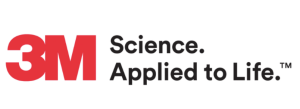
3M Safety utilizes its globally recognized red logo, which stands for innovation and reliability. The simplicity of the design ensures brand recognition across industries, while the bold color choice reinforces its authority in providing high-quality safety products.

Honeywell Safety maintains a sleek and modern wordmark, using a red and black theme to communicate both urgency and professionalism. As a leader in safety solutions, the straightforward yet impactful design reflects the company’s commitment to protection and innovation.
Final Thoughts

Designing a safety logo requires careful consideration of various elements, including symbolism, colors, typography, and simplicity. By incorporating these key elements and exploring different safety logo ideas, you can create a visually appealing and impactful brand identity that resonates with your target audience.
Remember, your safety logo should not only convey a sense of trust and reliability but also reflect the values and purpose of your organization. Take the time to research and gather inspiration, and don’t be afraid to experiment with different concepts. Through thoughtful design and attention to detail, your safety logo can become a powerful tool in establishing your brand identity and standing out in a competitive market.
Marietta Arnold is a branding and design enthusiast who draws inspiration from hobbies like hiking, photography, and art exploration. With a background in graphic design, she shares insights on branding strategies and logo design trends. Stay updated with Marietta’s work for the latest in branding and design.
